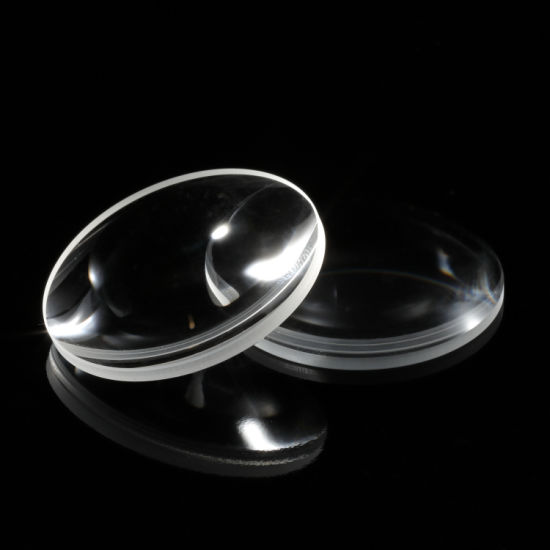Collimating lens is an instrument that can turn the light from each point in the aperture bar into a parallel collimating beam.

Type and focal length of collimating lens
The lens type depends on the aberration requirements. For those with low requirements, simple single lens, such as flat convex or biconvex lens, can be used, and larger relative aperture is allowed. For those with high requirements, double glued lenses are adopted, and the relative aperture is also appropriately reduced. In the grating system, especially when the grating is thick and the gap is small, the aberration has little effect on the formation of moire fringes. Therefore, a single flat convex lens can be used and the plane can be oriented towards the filament to reduce the spherical aberration. In the case of large gap, reducing the aberration, especially the color difference, can improve the fringe contrast. At this time, it is appropriate to use a double flat convex lens with the first plane facing the filament, or use an aberration eliminating double glued lens. It must be pointed out that the aberration of the lens is secondary to the divergence angle of the filament.
The focal length of the lens is related to the maximum relative aperture allowed. For single-chip Plano convex lens, the relative aperture should not be greater than 0.8, single-chip biconvex lens should not be greater than 0.5, and double-chip Plano convex lens should not be greater than 1. If it is used under the condition of large clearance, the above value shall also be reduced appropriately. Usually when allowed
Within the range, most of them adopt a shorter focal length, which not only makes the size of the reading head more compact, but also greatly improves the illumination on the silicon photocell (the illumination is proportional to the), so as to reduce the heating capacity of the lighting power and make the system more stable. However, the selection of short focal length will increase the lens aberration and filament divergence angle, and make the illumination in the light transmission range more uneven, which is an adverse aspect.
Quality requirements for collimating lens
This paper briefly introduces the quality requirements of fizzo interferometer for collimating lens. It is usually concerned with determining the change of air gap thickness. However, the optical path difference is not only a function of air gap thickness, but also a function of light irradiation angle. The optical path difference at a specific point is 2tcos φ, The detected plane defect changes the air gap thickness T, and φ It changes with the size of the light source and the aberration of the collimating lens.
For a fizzo interferometer using a general light source, the maximum effective air gap thickness is 50mm, and the size of the light source and the aberration of the lens must also be considered. The size of light source mainly affects the visibility of fizzo fringes. To get the frizzo fringes with good contrast, the remaining optical path difference is t φ 2. It shall be less than λ/ 4. This condition should also be met when selecting pinholes. The influence of pinhole on the whole fizzo fringe region is uniform, but the influence of aberration of collimating lens on the fringe region is inconsistent. Therefore, the angular aberration and its influence of lens must be considered. If the maximum angular aberration of the lens is φ, So t φ 2. It shall be less than k λ, Where k is a decimal, and its value depends on the accuracy required by the instrument. So let k = 0.001, then t φ 0.001 for 2 λ。 For general light source, take the maximum value of T = 50mm, then
This angular aberration is quite large, in the order of 20 “, so a suitable lens or reflection system can be designed to meet it.



